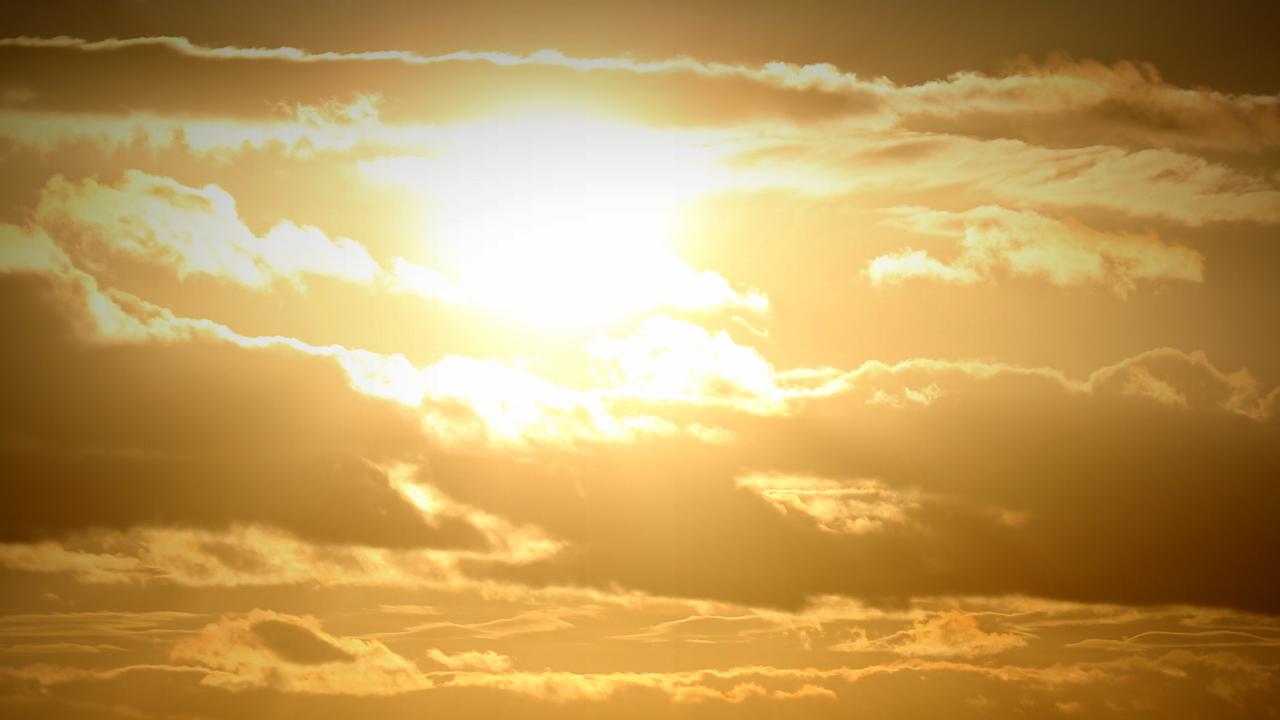Big freeze sends temperatures plunging lower than parts of Antarctica
Bone-chilling nights during June sent thermometers plummeting across southeast Australia. But the forecast points to a warmer July across the country.

HyperLocal
Don't miss out on the headlines from HyperLocal. Followed categories will be added to My News.
Parts of southeast Australia experienced their coldest June in decades, with the ACT, southeast NSW and the Southern Tablelands at the centre of the big freeze.
And while days were cool, it was the nights that really brought the chill.
The nation's capital had an average June minimum of -2.7C, making it Canberra's coldest June for overnight temperatures in 41 years.
June 21 was Canberra's coldest night of the month, with the mercury dipping to -7.6.
The capital also endured two separate streaks of five nights at or below -5C.
But Canberrans weren't the only ones piling on the blankets.
In some regions it was even colder than one of Australia's Antarctic research stations.
Goulburn, about an hour northeast of Canberra, shivered through an icy -10C on June 21, well below Antarctica's Davis Station minimum of -8.4C that day.
Just one day later, Cooma in southern NSW also recorded -10C.
And to the delight of skiers and snowboarders, freezing temperatures extended to alpine areas, delivering the best start to the snow season since 2022.
What was behind the cold spell?
Clear overnight skies, dry air and light winds helped inland temperatures plummet.
Without cloud cover, heat from the ground escapes more easily into the atmosphere, setting the stage for widespread frost and record-breaking cold.
But while this cold snap was intense, it's important to remember that these short-term weather events don't tell the full story of our changing climate – Australia's average temperatures are actually on the rise.
Cold weather and climate: not the same thing
Weather describes what's happening outside right now – be it frost, fog, or sunshine – while climate is the average of that weather over 30 or more years.
The following graph shows how Australia's average temperature has changed since the early 1900s.
Blue bars indicate years below average and red indicates ones above.
While climate variability means each year won't always be hotter than the last, it's clear from the bold white line that average temperatures have been pretty rapidly rising since the 1970s as a result of climate change.

This increase in temperature means future cold years will likely be less frequent and warmer than they were in the past.
And the odds of breaking records for Australia's hottest year keep growing.
We've seen changes here in Adelaide, with the hottest June night now around 1.6C warmer than it was 50 years ago.

What's ahead?
After a bitter June, July could have us shedding a few layers, with above-average warmth forecast across much of the country.
Most of South Australia has about 80 per cent chance of daytime temperatures exceeding the median maximum temperature for the month.
Minimum temperatures are likely to be pretty toasty too.
Here in Adelaide there is an a 60 per cent chance that they will be warmer than usual.
It's a reminder that while cold snaps still happen, Australia's climate is continuing to warm.
Want more information on how your climate is changing? Check out the last article in this series.
Amelia Pearson is the Operations Manager at the Monash Climate Change Communication Research Hub.
This column is part of a collaboration between Monash University and News Corp to deliver hyperlocal weather and climate information.

